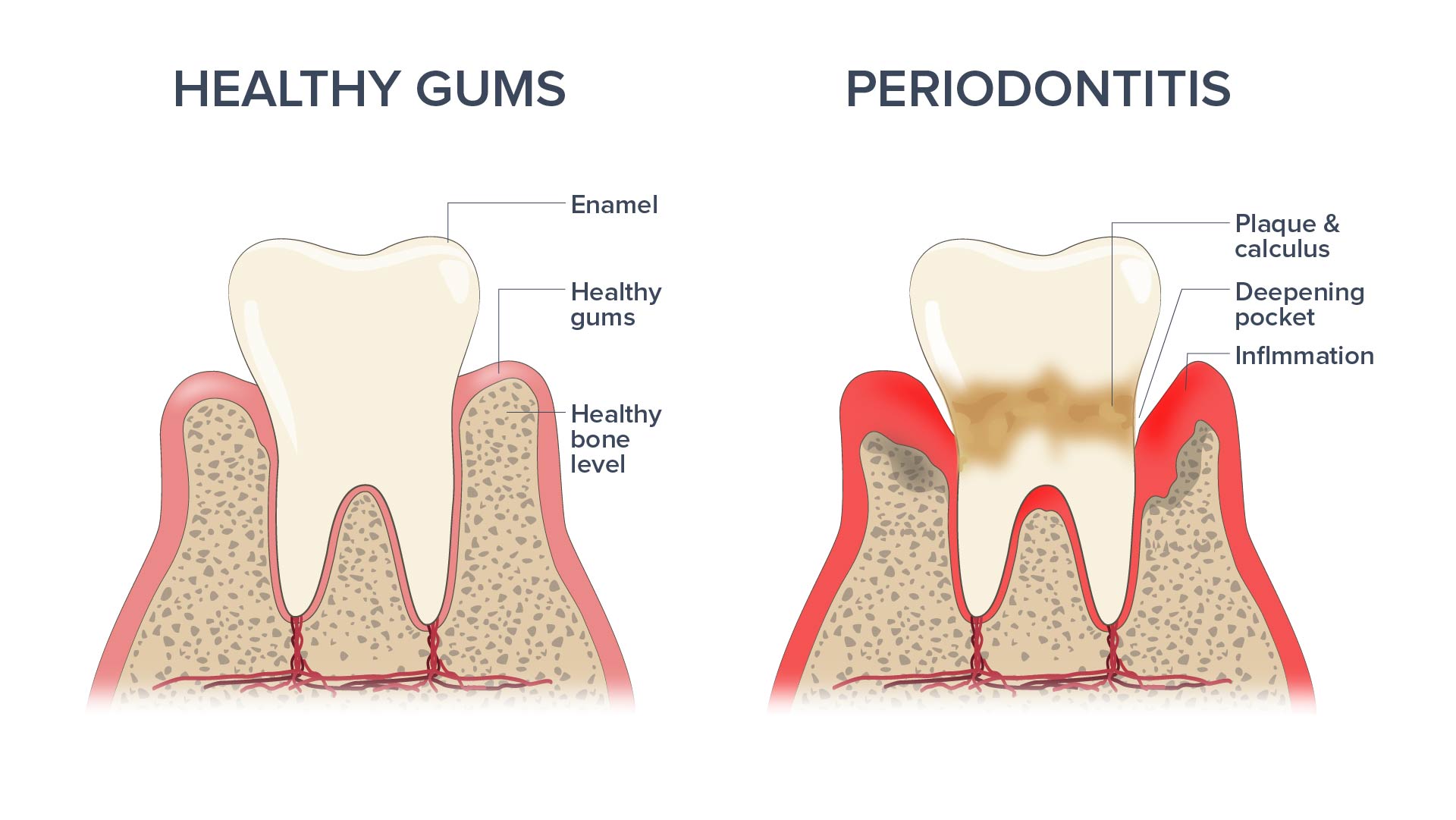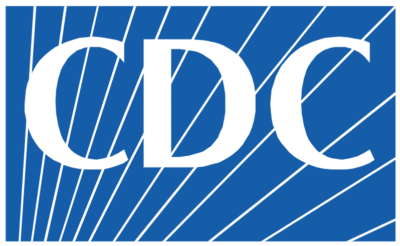What is periodontal disease?
Periodontal disease (PD) or periodontitis affects the gums and bones that support our teeth. The World Health Organisation estimates one billion people globally suffer from periodontitis.
Untreated periodontitis leads to chronic inflammation, which makes our gums swell and bleed, weakening the ligaments that anchor your tooth in the jaw.
Severe periodontal disease occurs when ligaments of the tooth are damaged, and a deep pocket forms under the gum along the tooth root. In extreme cases, tooth loss may occur.


What is Porphyromonas gingivalis?
Pg’s role in severe periodontal disease.
Pathogenic Pg deep in the pocket multiple and release microbial toxins that cause gum inflammation and bleeding.
The blood acts as a food source for Pg (and other bacteria), helping them to multiply. Pg microbial toxins make it difficult for your immune system to control the growth of Pg.
The inflammation caused by Pg and the microbial toxins it secretes, eventually destroys the tooth ligaments and the bone of the tooth socket unless successfully treated.
Current periodontal disease treatments.
Current treatments, performed by a periodontist, involve physically scraping the bacterium off the tooth root. This procedure is called scaling and root planning (SRP). In some circumstances, antibiotics and laser therapy are used.
SRP is painful, expensive, and not readily available, with results varying between people. Patients typically need to receive multiple treatments per year to keep their Pg under control.
More information about periodontal disease.
Here are some organisations that can provide you with more information about periodontal disease.
Register interest in a clinical trial
If you would like to learn more about our safety study in healthy volunteers, please see the ANZCTR for more information. If you would like to participate in the upcoming Phase II study in patients with periodontitis, please contact us via the form at the bottom of the page.



